Image Credit: Lyndon Than These trimless light fixtures were a bargain on a classified ad website. We bought 50 of these square fixtures. They are mudded right into the ceiling drywall, so they can't be removed for servicing. However, they are designed so that the wiring and the voltage converter are accessible.
Editor’s Note: Lyndon Than is a professional engineer and Certified Passive House Consultant who took a year off from work to design and build a home with his wife Phi in North York, a district of Toronto, Ontario. A list of Lyndon’s previous blogs at GBA appears in the sidebar below. For more, you can follow his blog, Passive House Toronto. This post originally appeared in November 2014.
Cree recently announced another breakthrough in LED technology: a commercially available LED with a new level of efficacy: 200 lumens per watt (Lm/W)! This is only a chip at the moment, but it is available for purchase — and this is of great interest to makers of flashlights, at the very least. For actual luminaires, they offer a 2-foot-square commercial unit performing at 150 Lm/W, not necessarily with the same chips — I don’t know. Pretty awesome performance.
The complexity of switching to LED lighting keeps surprising me. At first, I began to learn about the three main specs:
- Efficacy (lumens per watt)
- Correlated Color Temperature (CCT)
- Color Rendering Index (CRI)
Armed with just these three, one goes shopping for energy-efficient LED replacements or integrated fixtures. Very quickly, we find ourselves surprised at the field of offerings. The first surprise is that all the major manufacturers’ offerings are low-efficacy, offering usually not more than 60 Lm/W. I scoffed at this, in error. The next thing you run into is that there are often no claims of efficacy on some products; and then, frequently, there is no certification label. Never mind the CRI — which hardly ever appeared.
Weekly Newsletter
Get building science and energy efficiency advice, plus special offers, in your inbox.
Then, we were in Costco the other day and found the Luminus product. It lists all three main specs, and carries all the certifications, and the purchase price (it was a sale) was $5 each. Pretty impressive to find a product with this level of efficacy, at this color, with a CRI of over 85, and at a $5 price.
Looking around, we find highly acclaimed products like one from Soraa,which uses a different LED technology — GaN (I assume this means gallium nitride). At 54 Lm/W for the 3000K MR16 bulb, one is not impressed by the efficacy. But look at the CRI — 95% — a figure you just can’t find in the common PC (phosphor coated?) LED technology.
Flicker and actual performance
And then I discovered LED Benchmark. These are the same guys doing benchmark testing of things like video cards and hard drives. I highly recommend their website, where you can expand your knowledge of LED lighting beyond the three main specs. They also have comparisons between LEDs and halogens. It was there that I found that we can go beyond the factors I had been considering to include flicker and actual performance.
Many of the lesser-known product offerings (the cheap ones generally) frequently do not live up to their claims of efficacy, color rendering, or even color temperature. And all those low-efficacy major brands? Often they have sacrificed efficacy for color rendering and reduced flicker. Having purchased a number of LED products now, I can confirm that flicker and CRI are important measures of light quality and should be given significance in the purchase decision. I am now, unlike before, willing to compromise on efficacy to get a light that has no flicker and a high color rendering index.
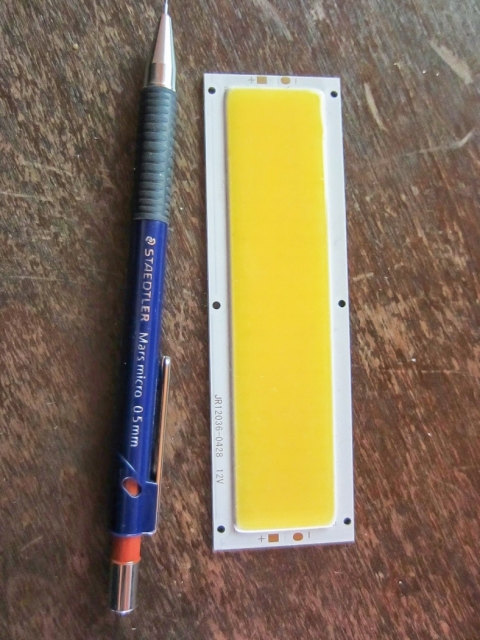
The photo at left shows an LED chip I bought on eBay. It claims a 1,000-lumen output. Using my lab power supply, I found that it consumes only about 4 watts, so I highly doubt the claimed output. The color is warm white, as claimed, but the light quality was terrible — I’m not sure why, but probably the CRI is low and flicker is high.
We were very lucky to come across a batch of fixtures on Kijiji [a Canadian classified ad website] and bought about 60 trimless recessed light fixtures. (The two types shown below as Image #2 and Image #3 are RSA brand by Cooper). These usually cost about $200 per fixture plus about $65 per trim ring. Costly when you consider that a house can easily have 100 recessed lights. We got them for about $6 each, so we are installing these. They are low voltage (12V), with a solid-state voltage converter.

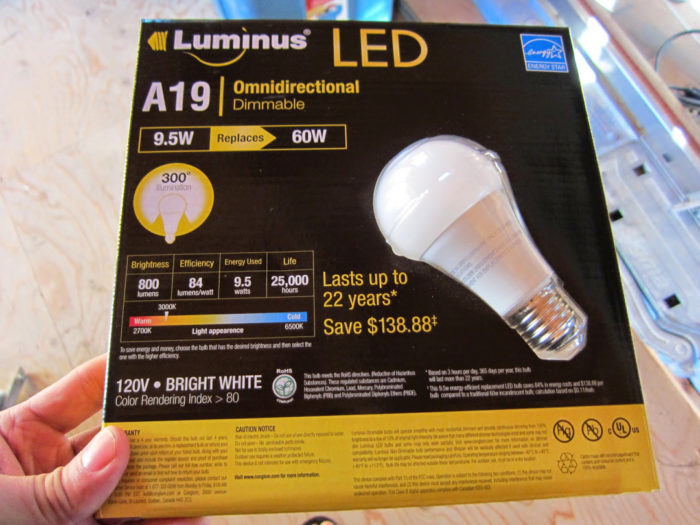





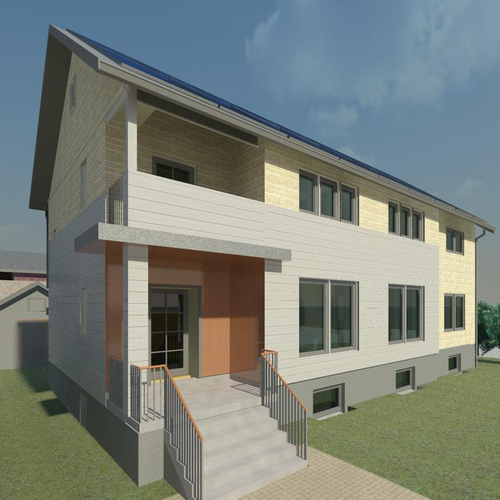
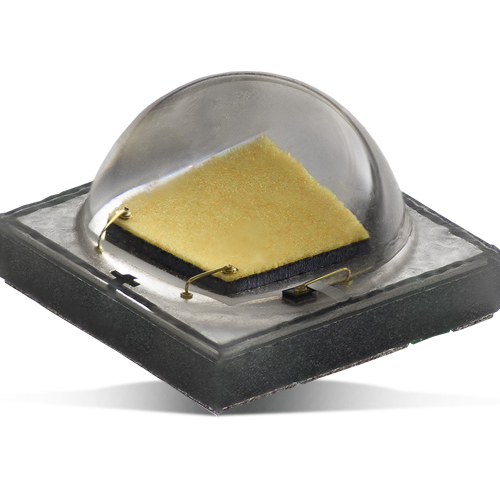
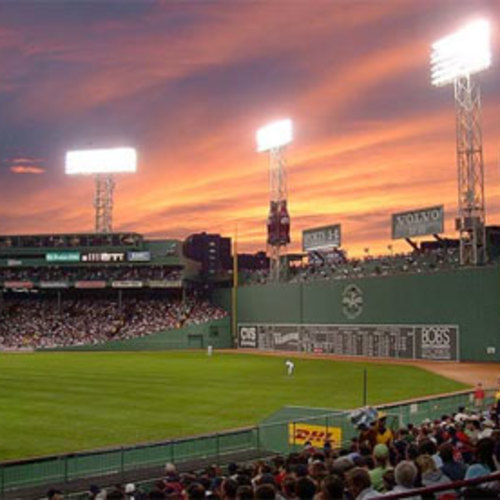







4 Comments
LED Benchmark
The LED Benchmark site is fantastic, but it's currently out of date. The most recent test results are ~18 months old...a "lifetime" in comparison to the rate at which new LED lamps are being developed.
CRI is so important. For
CRI is so important. For lighting in my house I pick highest CRI first, CCT second, and efficacy last. Most of the hardware store LEDs don't even list CRI.
Light Facts Label
I thought that all the bulbs were required to have the "Lighting Facts" label that lists the lumens, efficacy, and CRI. Maybe that is a US only thing? I know that at my Home Depot they all have it.
Lighting Approvals
The Canadian Electrical Code does require lighting (luminaires, to be more exact) in houses or anywhere else, in general, to be approved. All those cheap fixtures from Ebay don't generally meet this requirement. And, you guessed it, the approved lights are much more expensive.
The low voltage game for lighting is too bleeding edge. We've actually suffered significant delays and rework issues from trying to go low volt, and class 2 on the lighting. Time has answered some of the questions.......and much of the time the answers are that the code is generally not geared for low volt work. Neither are the luminaires. 4 years ago when we thought we would do this, it seemed this was the sensible way for industry to go. In so many ways, it is! But convention and a lack of desire for change or whatever, has meant things didn't go this route. Really, to power a 10W LED using romex is silly. But the industry is now pretty committed to this topology. Or rather, they never switched to a more sensible, material-saving and potentially more efficient architecture.
Log in or create an account to post a comment.
Sign up Log in